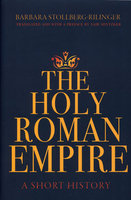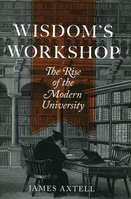New, Quality Books - 50-90% off, over 2500 titles
Your basket is empty.
Categories Last Chance to buy! RAILS IN THE ROAD: A History of Tramways
RAILS IN THE ROAD: A History of Tramways
Book number: 92689
Product format: Hardback
In stock
Bibliophile price
£15.00
Published price
£30
Customers who bought this product also bought
|
COAL MINE OPERATIONS MANUAL
Book number: 92259
Product format: Hardback
Bibliophile price
£5.50
Published price
£25
|
EARTH SHATTERING EVENTS: Earthquakes, Nations
Book number: 92417
Product format: Hardback
Bibliophile price
£4.50
Published price
£18.95
|
HOLY ROMAN EMPIRE: A Short History
Book number: 92422
Product format: Hardback
Bibliophile price
£4.50
Published price
£22
|
|
WISDOM'S WORKSHOP: The Rise of the Modern University
Book number: 92436
Product format: Hardback
Bibliophile price
£4.00
Published price
£30
|
|
ROALD DAHL'S BEASTLY BRUTES AND HEROIC HUMAN BEANS
Book number: 92537
Product format: Hardback
Bibliophile price
£6.00
Published price
£14.99
|
Browse these categories as well: Last Chance to buy!, Great Britain, Maps & the Environment, Transport



















